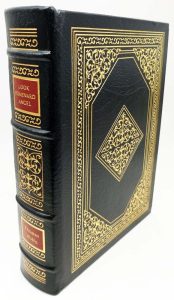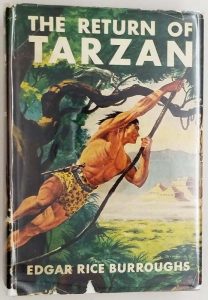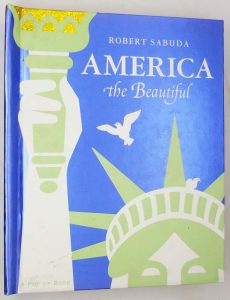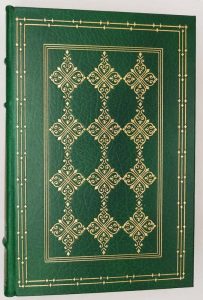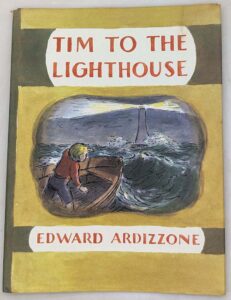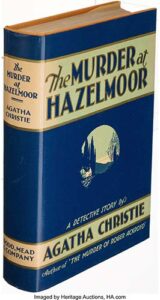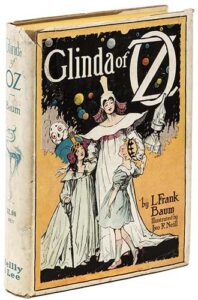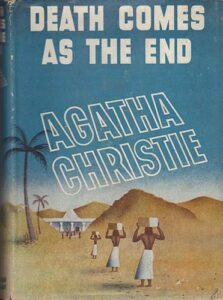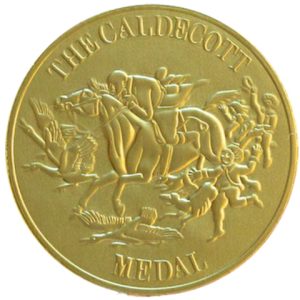Knickerbocker’s History of New York (1900) by Washington Irving. Illustrated by Maxfield Parrish.
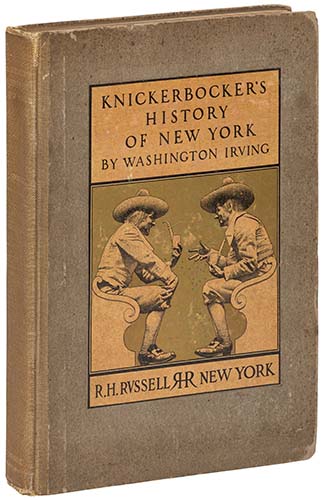
Published in 1900 by R.H. Russell of New York, this edition of Knickerbocker’s History of New York features illustrations by the celebrated American artist Maxfield Parrish, bringing a humorous and visually rich dimension to Washington Irving’s satirical chronicle. Originally released in 1809 under the pseudonym Diedrich Knickerbocker, the book offers a fictional and comical account of the early Dutch settlement of New York, blending myth, parody, and fanciful storytelling. Irving’s work lampoons the pompous style of contemporary historical writing, while also laying the foundation for a uniquely American voice in literature.
This 1900 edition is notable not just for Irving’s wit, but for the visual genius of Maxfield Parrish. Known for his vibrant colors, luminous glazes, and fantastical realism, Parrish contributed illustrations that perfectly match the tone of Irving’s satire—whimsical, slightly exaggerated, and full of personality. His images include detailed character portraits and landscapes that anchor the absurdity in a vivid colonial world, making the edition a collectible gem for lovers of fine illustrated books.
Maxfield Parrish (1870–1966) was one of the most iconic American illustrators of the Golden Age of Illustration. Trained at the Pennsylvania Academy of the Fine Arts and influenced by classical art and Pre-Raphaelite detail, Parrish’s work is marked by dramatic lighting, idealized figures, and a distinctive cobalt blue that became known as “Parrish blue.” His art adorned books, magazines, and murals, making him a household name in the early 20th century. Though his style eventually fell out of fashion, a resurgence in the mid-century solidified his place in American art history.
Recommended for collectors:
- The Golden Age (1900), illustrated by Maxfield Parrish – A poetic childhood classic with dreamlike illustrations.
- The Arabian Nights (1909), illustrated by Maxfield Parrish – Lush and exotic depictions of Middle Eastern tales.
- Rip Van Winkle (1905), illustrated by Arthur Rackham – A companion to Irving’s work, filled with moody, magical imagery.
